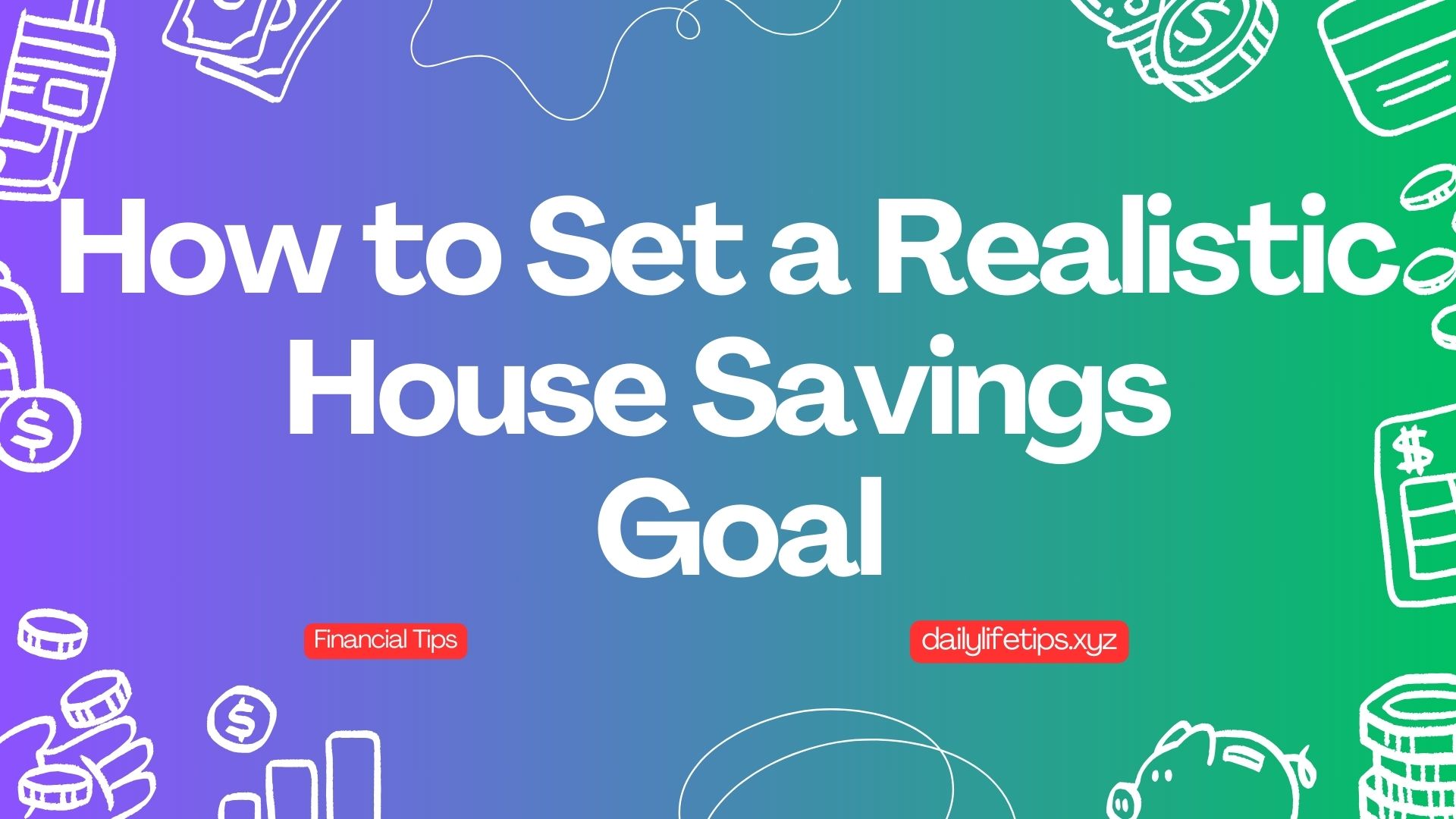Used items or second-hand are a wonderful way to buy things for less but it is important to know what you are buying before doing so. Understanding what to watch for, and how to gauge the state of any used commodities you buy makes a difference between buying something at full price and very less against its original price. Here, we delve into the details that you should keep in mind while looking for used items: Product quality Pricing negotiation Consumer needs Tune out, buy!
Whether you are bargain hunting for some great furniture, searching for pre-loved electronics or seeking out discounted clothing, the rules and considerations of used goods shopping generally remain constant. These tips and guidelines will help you avoid the pitfalls and get purchases that, ultimately, will continue to make you happy. In this article, we will see the important aspects that are to be taken into account while buying used items.
Pros and Cons of Buying Second Hand

However, you must carefully evaluate the risks and rewards of shopping second-hand before taking the plunge. All types of used goods have certain points which you should take into account, from particular categories if there are any that can influence your experience with buying such products and its quality satisfactions.
Benefits of Buying Used Items
When you buy things used, you save yourself Precious dollars; help in not producing new waste and it can often turn out to be the only way to get unique or discontinued items. This means, you can basically save up on a lot of money as pre-owned items tend to be way cheaper than their new counterparts. Furthermore, buying secondhand helps cut down waste and conserve resources, which is good for the environment. Besides, you may find exceptional pieces or vintage clothing that cannot be found in stores and making your collection unique.
Cons (Be Careful of) Potential Drawbacks
While there are advantages to buying used, used items may also carry some disadvantages. This set of potential hazards can range from hidden defects and the lack of warranties to different appearances of cleanliness. Not all used items will have the same warranties or guarantees that will provide you with recourse if the item fails shortly after purchase. On top of this, some second hand items make have wear marks and require servicing, re-opening the overall financial burden.
Here are 10 pro tips for buying used items:
1. Research Market Prices
- Understand the typical price range for the item in both new and used conditions. This will help you recognize a fair deal and avoid overpaying.
2. Inspect the Item Thoroughly
- Examine for any signs of wear, damage, or missing parts. If it’s electronics, test them to ensure they work as expected. Don’t hesitate to ask questions about its usage history.
3. Prioritize Trusted Sellers and Platforms
- Use reputable platforms like eBay, Facebook Marketplace, or specialty resale sites. Check seller ratings, reviews, and return policies to ensure they’re trustworthy.
4. Ask About the Return Policy
- Some sellers offer returns or a short guarantee period. Knowing the return policy can give you peace of mind, especially with complex or expensive items.
5. Negotiate the Price
- Many sellers expect some negotiation. Be polite but firm with your offer, especially if the item has minor issues or is older.
6. Beware of Counterfeits
- Popular brands, especially in electronics and fashion, often have counterfeit items in the resale market. Familiarize yourself with details that indicate authenticity, like labels, stitching, or serial numbers.
7. Look for Quality over Price
- Cheap doesn’t always mean good value. Sometimes paying a bit more for a well-maintained item with better quality is smarter in the long run.
8. Check for Recalls
- Certain products, like electronics, baby gear, or cars, may have been recalled. Use online databases or manufacturer websites to check the item’s recall status before purchase.
9. Consider the Total Cost
- Factor in possible additional costs such as cleaning, repairs, or replacement parts. Some used items may require a tune-up before use, so plan for those potential expenses.
10. Know When to Walk Away
- If the seller is reluctant to answer questions, share details, or allow you to inspect the item, it’s better to walk away. Trust your instincts and only buy from sellers who are transparent and trustworthy.
Factors to Consider While Purchasing Used Products
There are key points to keep in mind when estimating the value of used goods so that you make a wise decision. Avoid these key points:
Here’s a step-by-step guide in table format to help streamline your used-item purchase process:
| Step | Action | Details |
|---|---|---|
| 1 | Identify Your Needs | Decide on the specific item you need, including any essential features, preferred brands, and acceptable price range. |
| 2 | Research Market Prices | Check new and used prices on platforms like eBay, Craigslist, or Amazon to get a sense of fair pricing for the item in various conditions. |
| 3 | Select Trusted Platforms & Sellers | Choose reliable websites or local stores. Verify seller ratings and read reviews if available. |
| 4 | Inspect Item Details | Review item photos and descriptions thoroughly, noting any disclosed flaws or wear. Ask the seller for additional details or pictures if needed. |
| 5 | Verify Authenticity | For branded or high-end items, check for signs of authenticity (e.g., serial numbers, labels). Be cautious of deals that seem too good to be true. |
| 6 | Arrange for an In-Person Inspection | If buying locally, meet the seller in a public place to inspect the item physically. Test it if possible, especially for electronics or mechanical products. |
| 7 | Negotiate the Price | Politely offer a fair price based on your research, especially if the item has wear or requires minor repairs. |
| 8 | Check for Recalls | Search online databases for any recall history, particularly for electronics, appliances, or baby products. |
| 9 | Clarify the Return Policy | Confirm if the seller offers any return period or guarantee. This is especially important for high-value items. |
| 10 | Finalize Payment & Pickup/Delivery | Use secure payment methods (e.g., PayPal, credit card) for online purchases, and arrange for safe pickup or delivery. |
Looking over the Item
Remember alway check used article before buy. Furniture – Look for wear and tear, damage or any structural problems. Functionality – Electronics: You can never be too sure about how well an electronics item works when you are buying returns pallets, so these need to be tested. For a visual inspection, request photos of the product in action or a video if available from the seller. Inspect clothing and accessories Fabric for stains, rips or excessive wear. Make sure you inspect details to steer clear of having some products which are definitely not what you intended.
Confirm Seller is Legitimate
Credibility of the seller matters when buying used. Lockheedmartin It would be best if Lockheed martin I made a Quick scan of the reputation of the seller through reviews, ratings or recommendations from purchase history. If buying from an online marketplace, have a look at the seller profile for feedback and history. When know, the best way to buy in-person is to go that route from reputable thrift stores or consignment shops. Minimizing the risk of scams or fraudEnsure that the seller can be trusted.
Comparison of Price and Value
Different categories of used goods can be compared to new items and the price can indicate how much value has been lostgetOrElse(newUserToUnusedRatio / 100) * price > isTooExpensiveThenRaise(price)Anonymous comments Before buying a used item, research its current retail price and the condition of new versions to decide whether the second-hand version presents a bargain. This also includes extra costs, like potential repairs and cleaning. This will help you in deciding what should be the market value and helps to not overpay for a used item.
Used-Item Purchase Step-by-Step Guide
Since things that have been around for 65 years tend to correlate with old home being fixed up, you might want to use some sort of checklist when buying or acquiring preowned items. To get this right, please read carefully the guide outlined below.
Electronics: The Guide What to Look for
Of course if you plan to buy used electronics, functionality is key. Test to make sure that it turns on and functions properly. Check that it is compatible with other devices in your house, ie. make sure the port and software needed are on that used laptop you would otherwise not have checked. Make sure all chargers,remotes and protocols are included and working. Inspect for wear and tear — like a cracked screen or worn out buttons.
Furniture -Take a good look and be quality conscious!
Check for damage or wear on used furniture. Examine the unit for any scratches, dents or parts that need to be fixed. Make sure it is sturdy and all the joints and legs are in place. Upholstered Furniture- If it is upholstered, consider the stress marks or damage to its existing fabric and drainage lines. Request cleaning/restoration history where possible so you can understand how the item has been looked after.
Quality check on clothing and accessories
If you are purchasing used clothes or accessories, inspect them closely for damage like stains, holes or fading. Look out for any modifications that my change the fit or design. Make sure The dimensions fit your measurements & The item is not dirty. Avoid Bottega shoes that are not real (the website only carries high-end items whose authenticity can be verified).
How to Negotiate the Best Price for Used Items
For second-hand goods, negotiation can make a huge difference. Here are a few tips for you to negotiate like a pro:
Research and Prepare
Do the research of an items market value and condition before starting negotiation Be prepared by looking up the average cost for an identical or similar NEW and USED item. This will allow you know the right price according to its condition and what they are worth in the market, thus avoiding being taken advantage of.
Speak Explicitly and Appropriately

Keep it polite and clean while in negotiation with the seller Explain why you are interested in the item and justify your offer by indicating what your research turned up. This is not the time to be confrontational, but rather enter a collaborative conversation. Taking such measures can establish a friendly tone and lead to the agreement on a price that is acceptable for both parties.
More Prospective Negotiation Points
You can also negotiate other terms like delivery options or more accessories in lieu of price. For instance, when buying second-hand furniture you could ask for free delivery or a small discount if the item needs some repairment. Negotiate — Be aggressive on what is really important to you, and soft on others so that the deal is still attractive for your seller against other offers.
How A Safe And Secure Transaction Ensures

When purchasing used merchandise, particular caution and prudence is critical when it comes to safety and security of the transaction, particularly for online. Protect yourself by following these tips:
Secure Payment Methods
Step 5: Get secure paying options for you to defend fiscal information. For larger transactions, try to avoid using cash; instead, use payment services with built-in cover — like credit cards or secure online payment platforms. When shopping online, stick to well-known online businesses that provide secure payment options and purchase protection.
Check the Seller Identity
When shopping online – Confirm the seller identity and contact details For others, you can search for profiles that are verified or accounts that have good standing from other buyers. Whenever you can, stay on platforms where they offer protection for buyers and have some form of dispute resolution. Meet at public places for in-person transactions and bring a friend.
Obtain a Receipt or Proof of Purchase
For used items, ensure that you always get a receipt or proof of purchase. This info will come in handy if you ever need to return or exchange this item because of any problems it may have. Use common sense and request a written agreement for any large purchases which includes stating the condition of an item and what guarantees or warranties are included.
Conclusion: How to Buy Used Items With Information
There is beauty behind used things, in being cost efficient, and finding something interesting that you will never find brand new. But at the same time, shopping should be taken with caution and not blindly. By considering the risks and rewards, assessing crucial elements and adhering to negotiation best practices and securities in transactions, you will be able to buy wisely.
Finding a good deal is cool when bought the right way. Tip and Guidelines to Be provided in this guide to navigate the world of pre-owned goods with confidence and make purchases that meet your needs and expectations.













